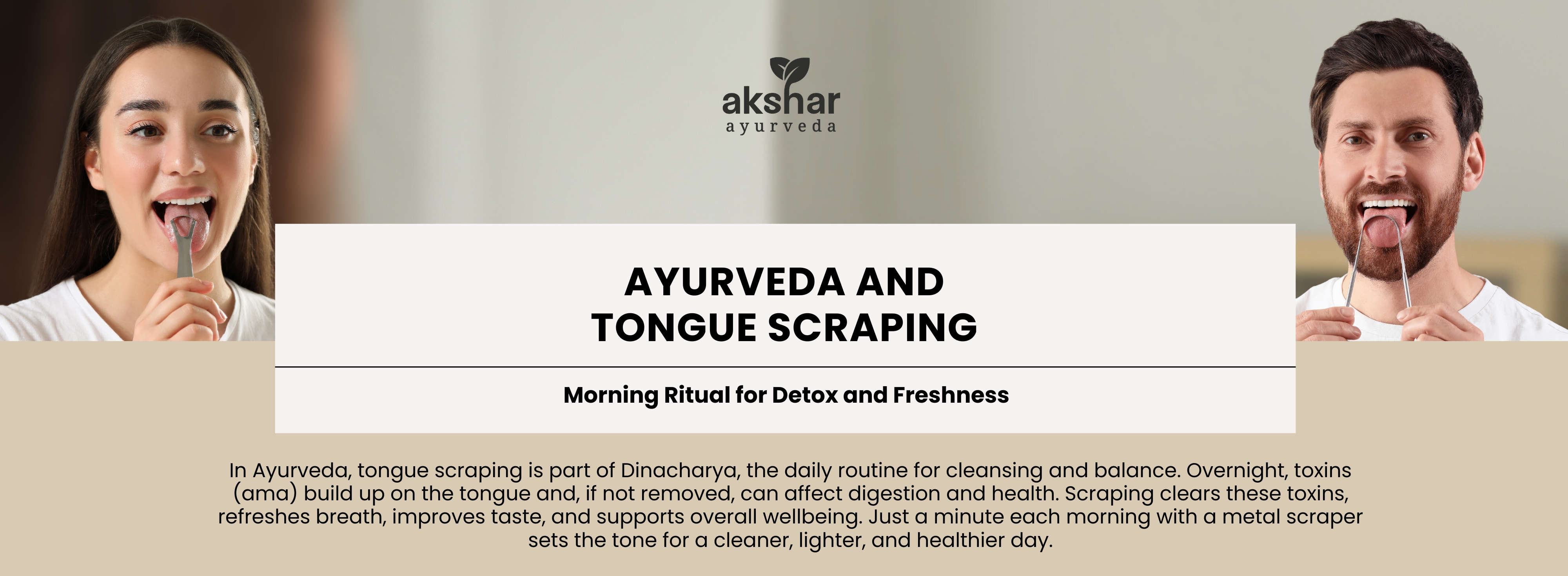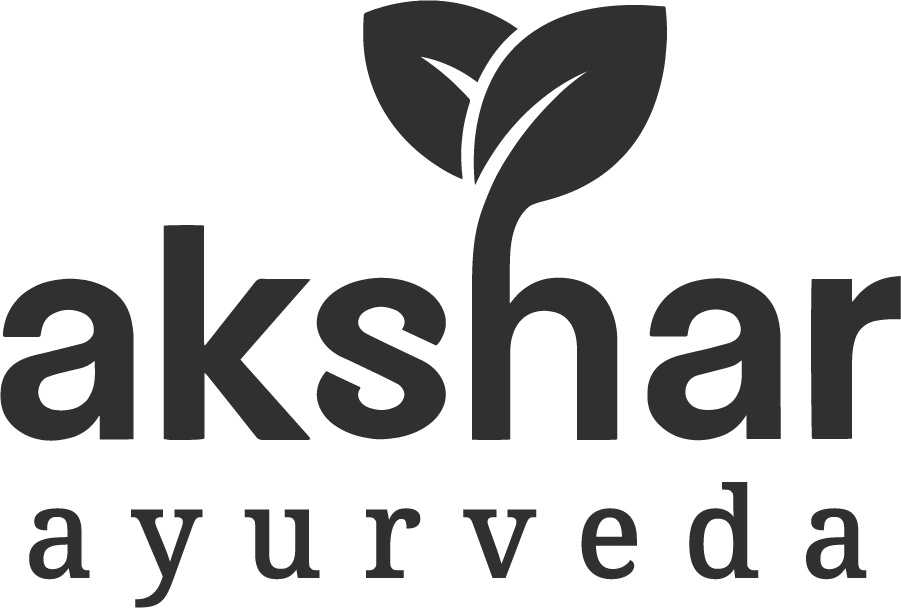Ayurveda and Tongue Scraping

Author: Puja Patel, ALC
Ayurveda and Tongue Scraping
In Ayurveda, tongue scraping is a daily self-care ritual considered essential for maintaining oral hygiene and overall health. It's part of a broader Ayurvedic morning routine called Dinacharya, which includes practices like oil pulling, nasya (nasal cleansing), and abhyanga (self-massage).
Importance of Tongue Scraping
Overnight, the body eliminates toxins (called ama) that accumulate due to poor digestion, stress, or unhealthy habits. These toxins are said to be deposited on the tongue's surface. If not removed, they can re-enter the body, disrupt digestion (agni), and contribute to disease.
So, tongue scraping is seen as both a detoxification method and a digestive aid.
Benefits of Tongue Scraping (Modern + Ayurvedic View)
|
Ayurvedic Benefits |
Modern Benefits |
|
Removes ama (toxins) |
Reduces bacterial buildup |
|
Stimulates internal organs (via reflex zones on tongue) |
Improves taste and appetite |
|
Supports digestion and fresh breath |
Fights bad breath |
|
Balances doshas |
Enhances oral hygiene and reduces plaque |
|
Clears coating that may block taste buds |
Improves sense of taste |
How to Perform Tongue Scraping (Ayurvedic Method)
-
When: First thing in the morning, before brushing or eating.
-
Tool: Use a metal scraper, preferably made of copper (especially for Kapha types), silver (for Pitta), or gold (for Vata) though stainless steel is widely used today.
-
How:
-
Hold both ends of the scraper.
-
Stick out your tongue and gently scrape from the back to the front.
-
Rinse the scraper after each pass.
-
Repeat few times or until no residue appears.
-
Follow with oil pulling or brushing.
Things to Avoid
-
Don’t scrape too hard (it will damage the taste buds or tongue surface).
-
Avoid plastic scrapers (less effective, not traditional).
-
Replace the scraper periodically or sanitize it well.
